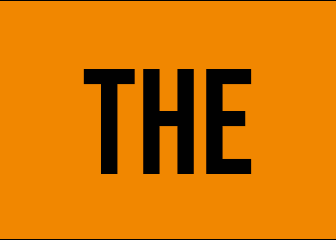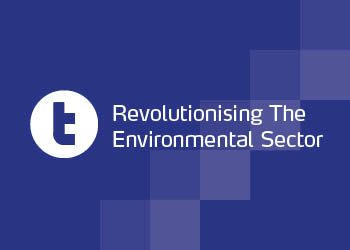In this new feature, each month, Valpak director of procurement Ben Richardson will share his analysis of the PRN/PERN market.
The release of monthly figures on Friday 9 October showed a mixed result, but did not drastically affect the overall good news that the UK is still well on its way to complying for 2020, in all material streams. While these monthly submissions remain voluntary, the official Q3 reprocessing figures due out at the end of October are expected to confirm this trend.
While aluminium and plastic showed relatively low figures for the month, all other material streams have recovered from last month quite significantly. As a result, this has put a downward pressure on the prices trading on PRNs, with all prices heading towards single figures by the end of the year.
Plastic saw a relatively low volume this month – the lowest since January this year. There could be simple explanations for this. For example, figures may not have been uploaded by reprocessors, or, the low PRN price may be keeping sellers away, albeit there is still plenty of trading occurring. Regardless of this, the UK will still easily comply and the current trading price of sub-£15, at the time of this report, could continue to drop.
The impact of the PRN price, which stood at circa £380 this time last year, has meant that, overall, the price being paid for material has also dropped significantly over the past few months. More recently, the drop in price for raw material has finally bridged the gap slightly, where previously some recyclers were struggling to move material due to the difference between prices for the material and the price of the PRN.
For paper, some of the year’s earlier concerns continue to be alleviated as paper volumes for the month remained high. They will remain so for the rest of Q3.
While the PRN price has managed to stay relatively stable for the past four weeks or so, the mini flurry of ‘last orders’ for China ahead of the import ban at the end of the year saw a creep in rates being offered with no impact on the PRN. With this outlet supposedly now gone, there could now be more of a focus in the coming month on the price of paper PRNs. But, with the UK looking strong heading into the most voluminous quarter for waste fibre generation, it remains to be seen how far the price will fall.
Generally, producers are happier that the markets are now less turbulent than they were in 2019, which brought challenges around budgeting and forecasting. If the industry can survive through Covid-19 in 2020 on the more stable rates, the hope is that this will continue in 2021, and begin to settle businesses before 2023, when they will need to be EPR-ready.
Other factors in the market, such as Brexit, appear to have had very little impact. The majority, if not all, of the reprocessors and exporters will have submitted their accreditation requests to the agencies and will be awaiting confirmation of accreditation, so long as the resource is there to manage those applications.
Government timelines for legislative change remain unmoved but, as we head into Christmas and 2021, there is an uncertainty in the air surrounding further lockdowns, businesses going into administration and what Covid-19 really has in store for us moving forwards.
These days, a week is not only a long time in politics but, also, in many industry sectors. The recycling sector is not immune, so we must also be ready for change at short notice.













